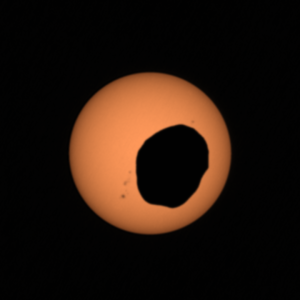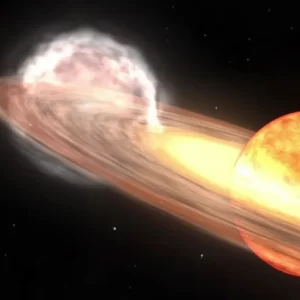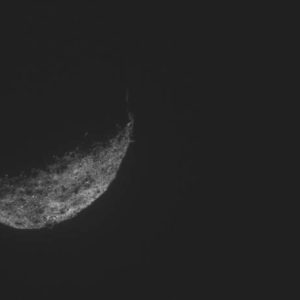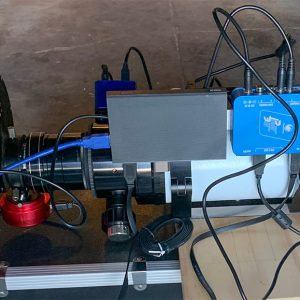Mars opposition is in mid-January next year. But before that happens, Mars is going to enter retrograde motion, where it stops being overtaken by the background stars and starts overtaking them back. Retrograde motion stumped the ancient astronomers and had a hand in stimulating the rise of modern scientific thought.
Citizen Science
What is a moon, and can it be an asteroid?
Inspired by a video of an eclipse of Phobos, Bill wondered about the definitions of moons, planets and asteroids. Why are potato shapes important, and how did Phobos stop being one and start being another?
What’s the time on the Moon?
How do we tell the time on the Moon? This will be an important issue once humans establish a long-term presence there. We list a few of the problems with time, and how they’ll probably agree on a single Coordinated Lunar Time.
About that Nova in Corona Borealis…
T Corona Borealis is expected explode in a cosmic event called a nova in the near future. However, it hasn’t happened yet. Now the sun is approaching and is threatening to drown out the star before it goes off. We might have to wait until January to see what happens.
A star in Corona Borealis is about to go WOOF!!
A dim star in Corona Borealis, currently invisible to the naked eye, is about to explode in what’s known as a nova. This particular star does it every 80 years or so, and it’s due around now, and showing signs of activity. We got a “before” photo.
Can citizen scientists help with planetary defence?
A caution about USB-C power supplies
USB-C is becoming an industry standard in astrophotography as it can use fewer cables by sharing power and data. However, some components need higher voltages through that USB-C cable. If you plug a 12V cable into a component that needs 5V you can cause damage. Please be careful!
What are high-speed filters?
Getting wide field Milky Way images – powering your camera and dew heater
Getting deep images of the Milky Way can take a lot of power from your DSLR’s battery. Using a dummy battery to power your camera means you can leave it running all night and you won’t have to change batteries. You power the dummy battery with a PegasusAstro DSLR Buddy, and that means you can also run a dew heater strap from the mains, or a big battery.








